BOGOTA, COLOMBIA
- Michael_sgrant

- Aug 31
- 4 min read
Is Colombia really that dangerous? Come visit it's capital, Bogota, with me...

Colombia was once the world's most dangerous country to visit, especially during the era of Pablo Escobar and the Narcos War raging between Medellin and Cali; and unfortunately that's what given this country such a bad reputation. In modern day times nowadays, yes there is still quite a bit of violent crime, but as long as you're out during the day, with your pockets firmly shut and your phone, purse, wallet held on tight...you can get by...
Discover the capital of Colombia, Bogota, in the foothills of the Andes and the third largest city in the Americas. Visit the outside of the most emblematic monuments in the city, and tour all its most important corners, discovering the stories and history in the streets of Bogota. In the Plazoleta del Rosario learn about the history of its statue, paying homage to Gonzalo Jiménez de Quezada who founded the city in his search for “El Dorado”. Appreciate the perfectly preserved state of the colonial architecture in the square, and hear the story of the evolution of the metropolis since its founding in 1583. Head to Plaza de Bolívar, the most famous in Bogota, dedicated to Simón Bolívar, who won independence for Colombia in 1819, despite a dramatic attempt to assassinate him. You're sure to be fascinated by the monuments which can be found in the city, such as the National Capital and The Primatial Cathedral of Bogota with its stunning neoclassical detail. Venture as far as the Plazoleta del Chorro Quevedo, known as the exact point around which Bogota grew.
The artwork in the streets of Bogota are not to be missed! This isn't your usual type of graffiti
Plaza Bolivar:
Plaza Bolivar or Bolívar Square is the main square of the Colombian capital of Bogotá, right in the historical centre. Here you’ll be able to find its intricate cathedral: the Metropolitan and Primate Cathedral Basilica of the Immaculate Conception and Saint Peter of Bogotá or better known as the Metropolitan Cathedral Basilica of Bogotá and Primate of Colombia. Works started in 1807 during Spanish rule & completed after independence in 1823. On the other façade of the square you’ll find the National Capitol: essentially the parliament building housing both houses of the Congress of Colombia. And finally further behind is Casa de Nariño: Presidencia de la República de Colombia - this is the official residence and principal workplace of the President of Colombia. It houses the main office of the executive branch.
Museo del Oro:
This is one of the most visited touristic highlights in the country; the museum receives around 500,000 tourists per year and is the most popular museum in Colombia. The Museo del Oro of the Bank of the Republic preserves, researches, catalogues, and presents its archaeological collections of goldsmithing, ceramics, lithics, and other materials as a Colombian cultural heritage for current and future generations. It thus contributes to strengthening the cultural identity of Colombians through enjoyment, learning, and inspiration. Explore content about the Gold Museum and its archaeological and ethnographic collection. If you can, come here on a Sunday, it’s completely free (like all museums!) For more information: https://www.banrepcultural.org/bogota/museo-del-oro
Museo Botero:
Artist Fernando Botero is one of the most well known artists in Latin America, known for his paintings and artistic works of “fat people” although he describes them as just “overexaggerated” since he claims that if everything was fat, nothing would be fat. In 2000, Botero donated a collection of 208 works to the Banco de la República, 123 of his own work and 85 by international artists. With this collection, the Bank founded the Botero Museum, located in the La Candelaria neighbourhood of Bogotá's historic centre. This colonial mansion served as the city's Archbishopric until 1955. The museum was restored and adapted as a museum by the Banco de la República, under the precepts and curatorship of Botero himself. The collection has been available to the public since November 1, 2000. The museum is free every day, except Tuesdays when it is closed: Museo Botero | La Red Cultural del Banco de la República
Famous works of Fernando Botero
Monserrate & Basilica Sanctuary of the Fallen Lord and Our Lady of Monserrate:
For me heading up to Monserrate was a highlight of my time here in Bogota. Monserrate has been a site of pilgrimage for centuries; the steep 1.5-mile (1hr) hike to the mountaintop church-sanctuary offers incredible views of Bogotá. However if that’s not really your thing you can always take the Monserrate funicular to the top to experience an unusual train ride, or race to the top inside a cable car. Make sure to visit the monastery and see El Señor Caído (The Fallen Lord) or to try and catch the sunset from the mountaintop. The Monserrate mountain's importance stretches back to the indigenous Muisca, who dubbed it Quijicha Caca (Grandmother's Foot), and they would watch the sun - represented by their god Sué – rise from behind the mountain every June solstice. Experience the best of both worlds, head up in the Funicular and come back down in the Teleferico (Cable Car), all for just €7 per person both ways. There’s no need to book in advance but if you’re interested in find out out more, click here: https://monserrate.co/en/welcome-a-monserrate
FOOD!
And finally, here’s a list of my recommendations on places to go and what food to try:
La Puerta Falsa
Calle 11 6-50, Bogotá, Colombia
Origen Bistro
Centro Histórico, Cta. 4 12C 88, Bogotá, Colombia
Make sure you try the following foods:
Ajiaco
Posta Negra
Tamal
Café de Juan Valdez
Aguapanela
Churrasco
Bandeja Paisa
And yes, for now my South American adventure has come to an end. Let's see which country will be the next to tick off the list. Adios!






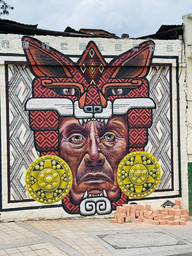





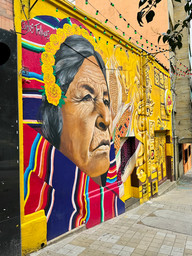





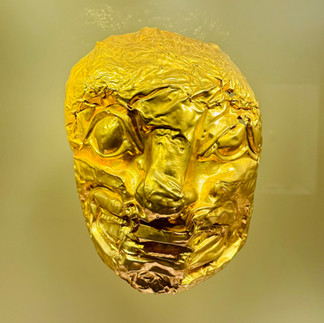

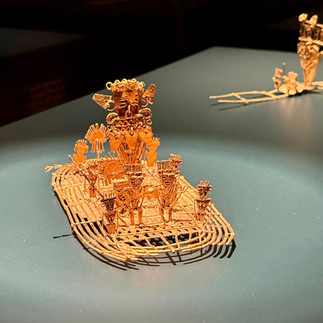








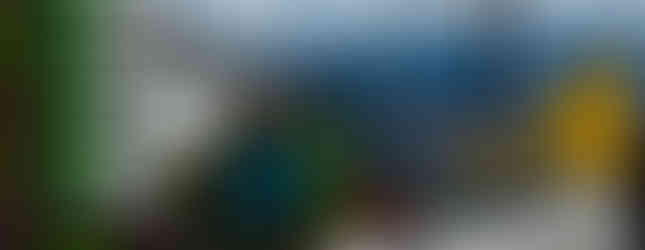




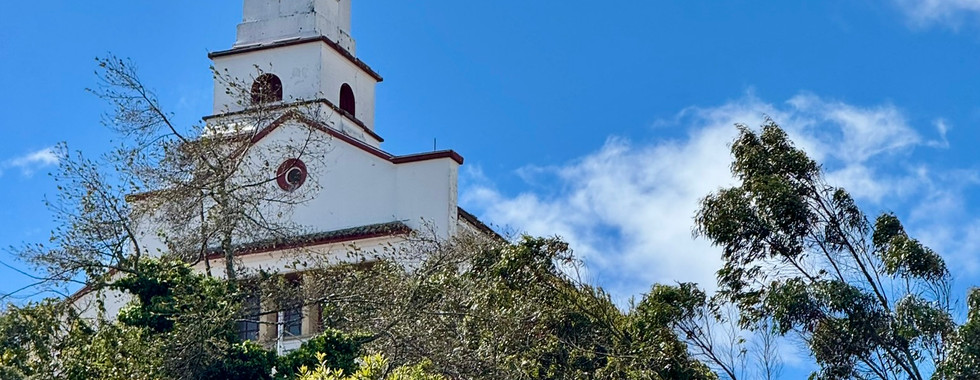

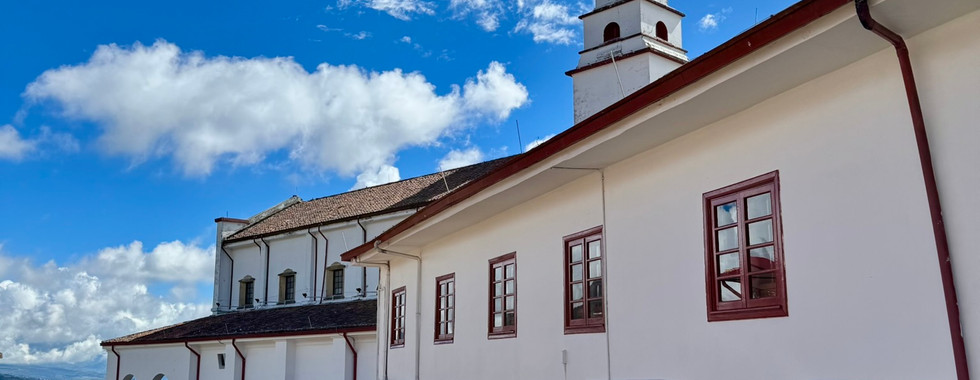









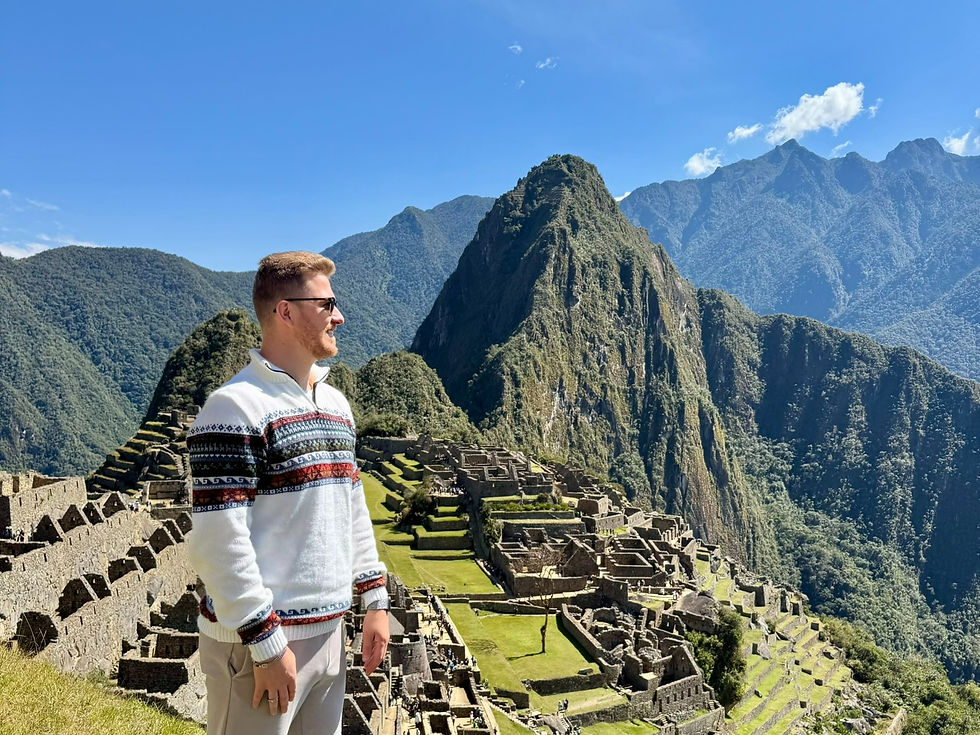

Comments